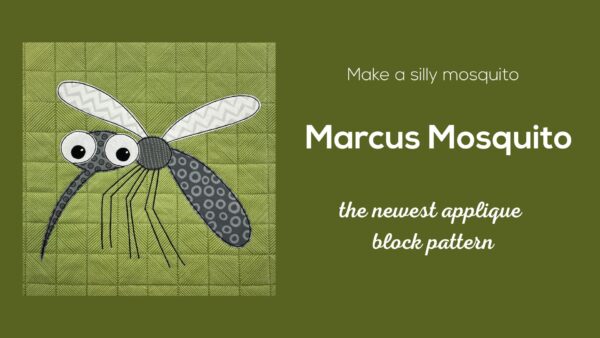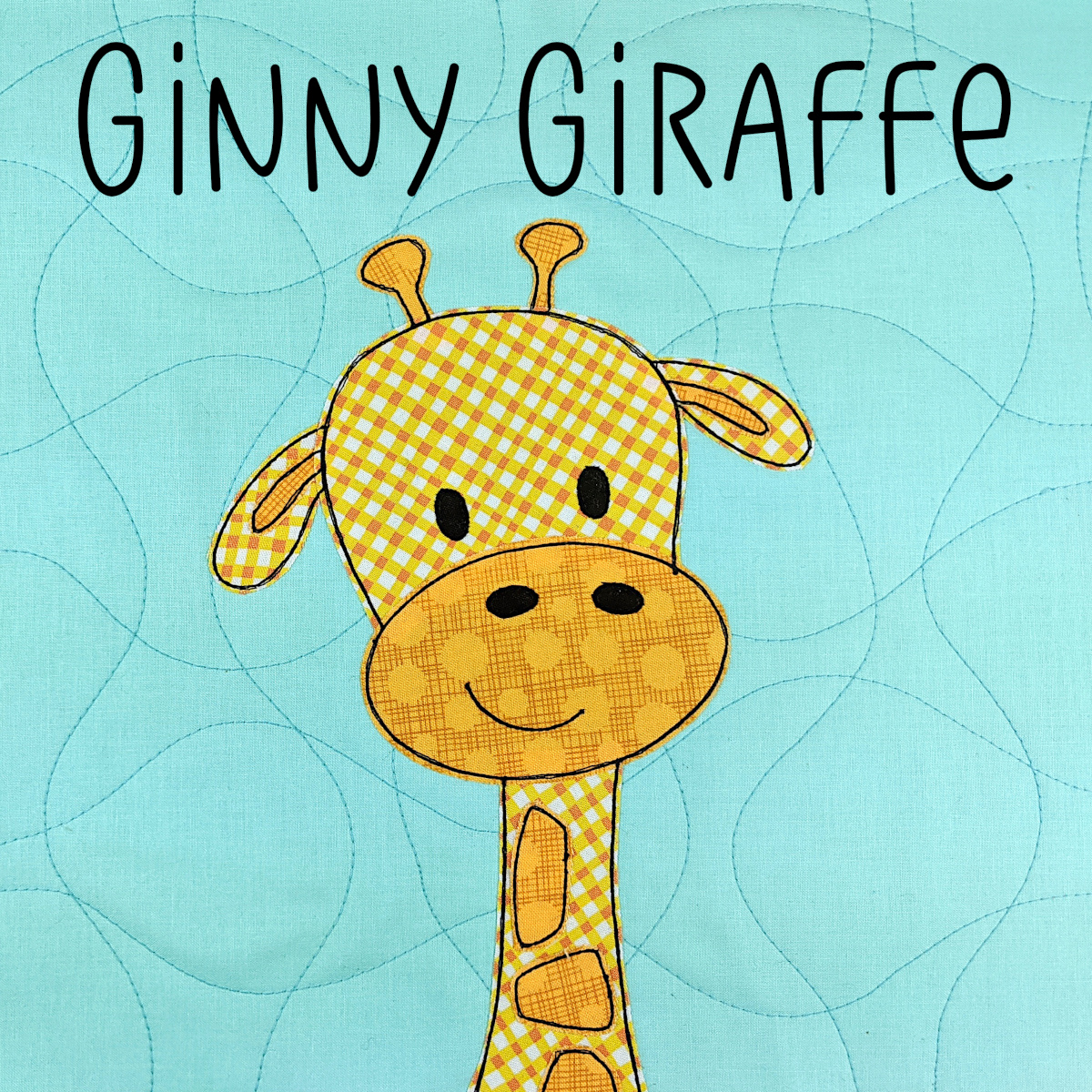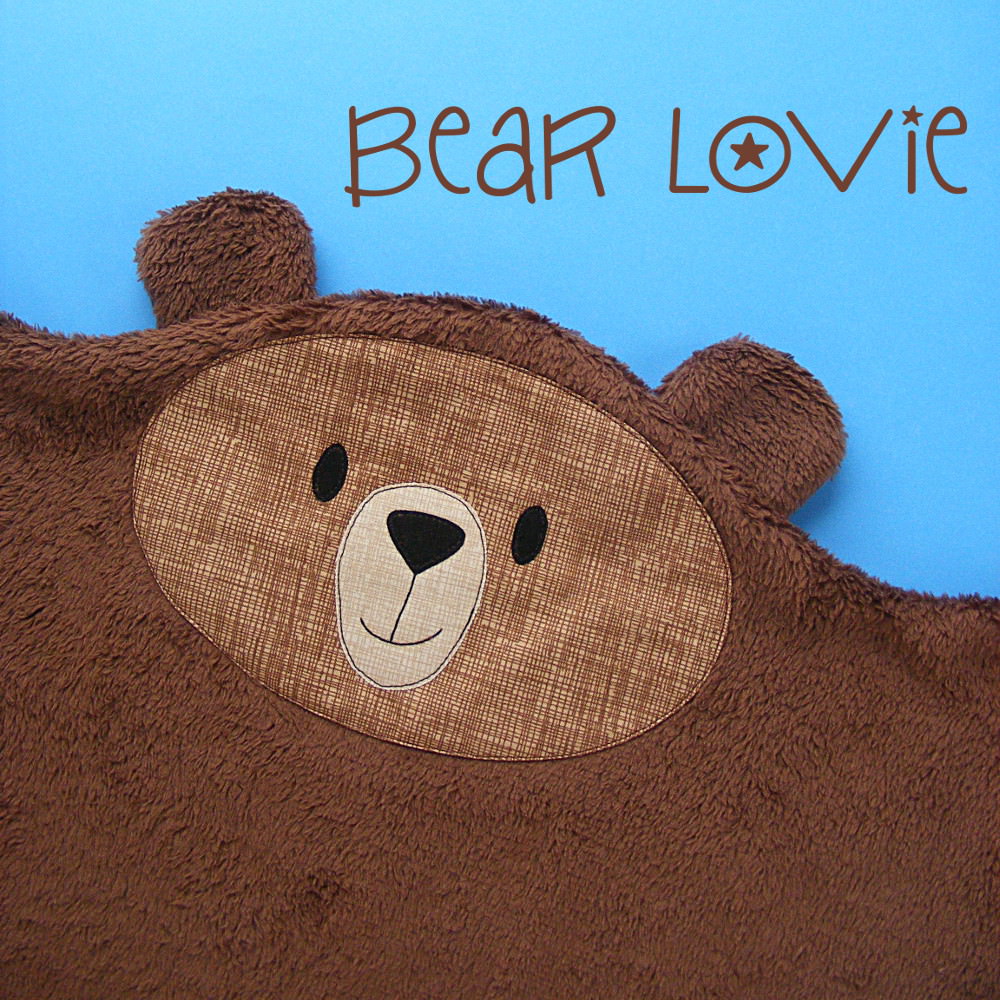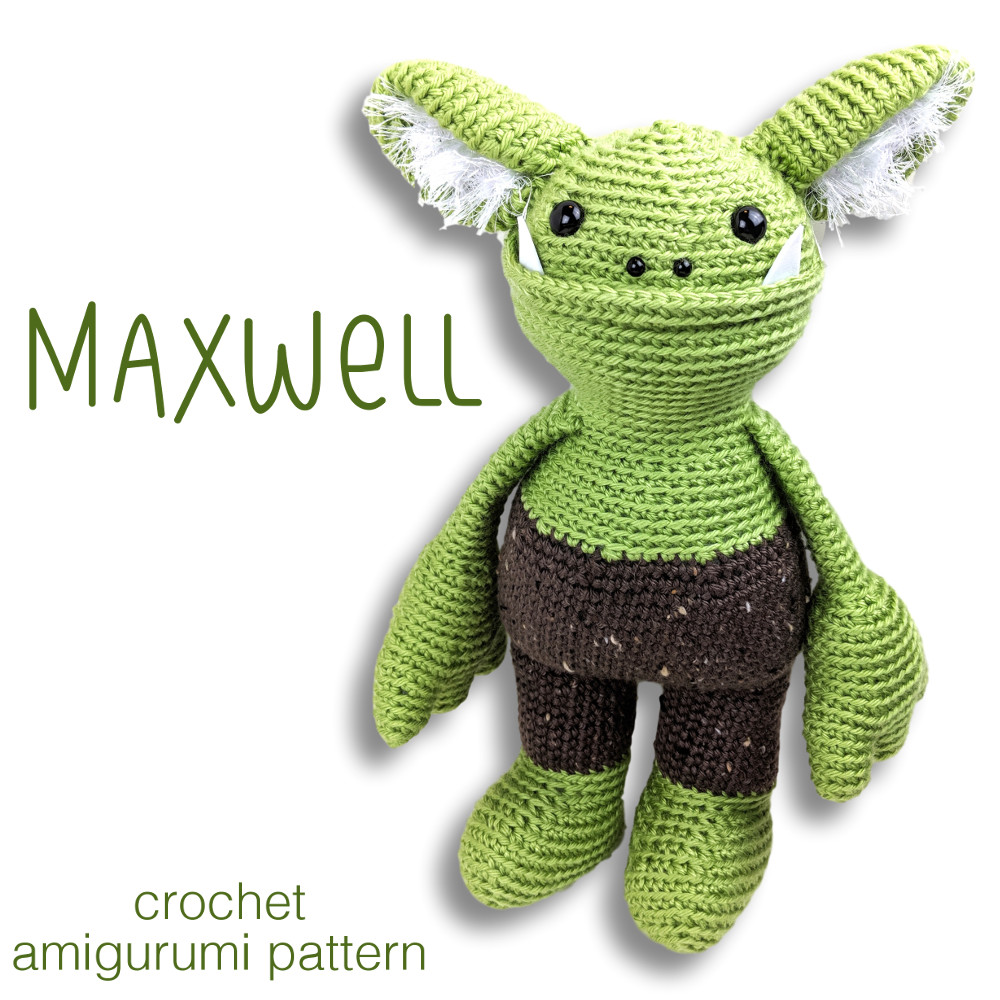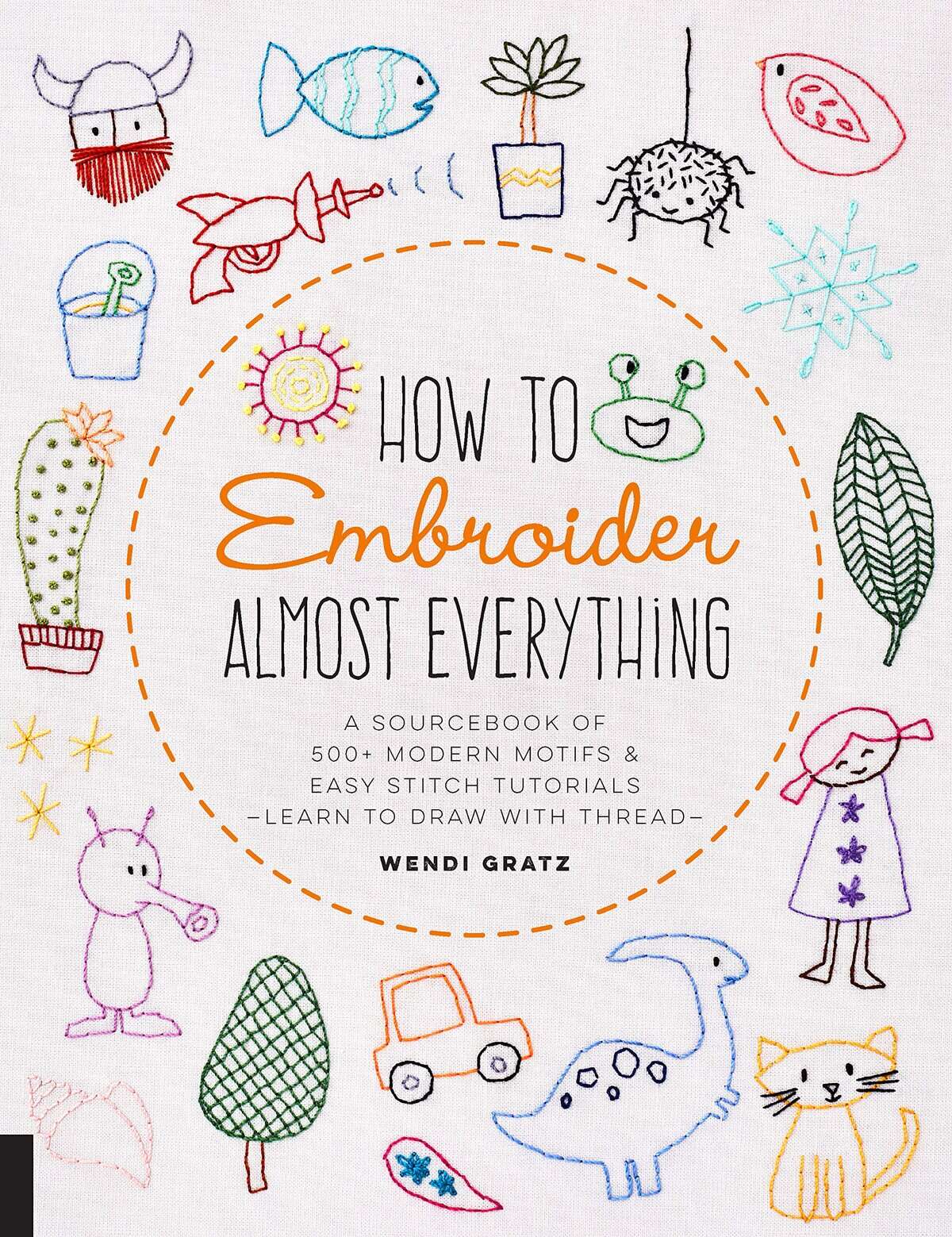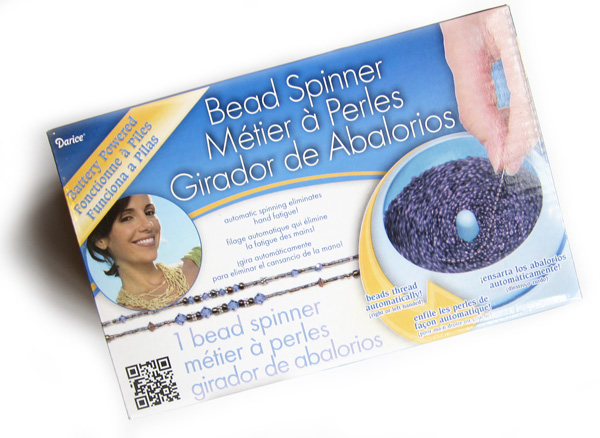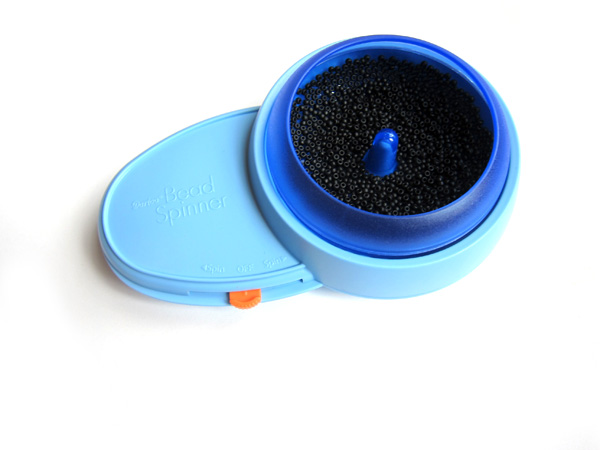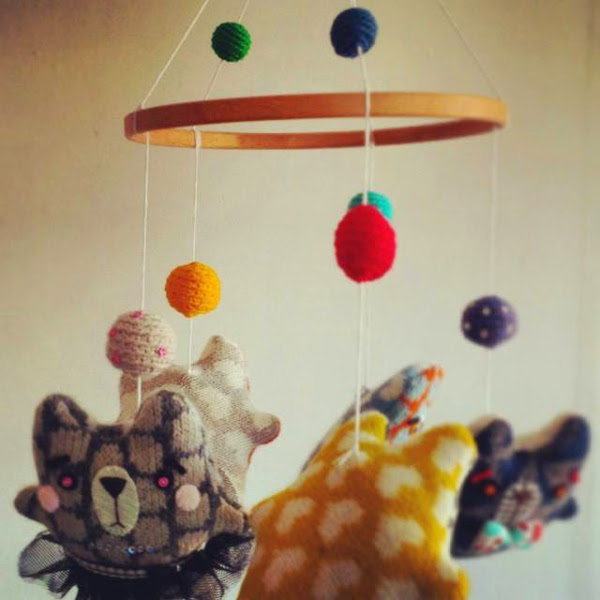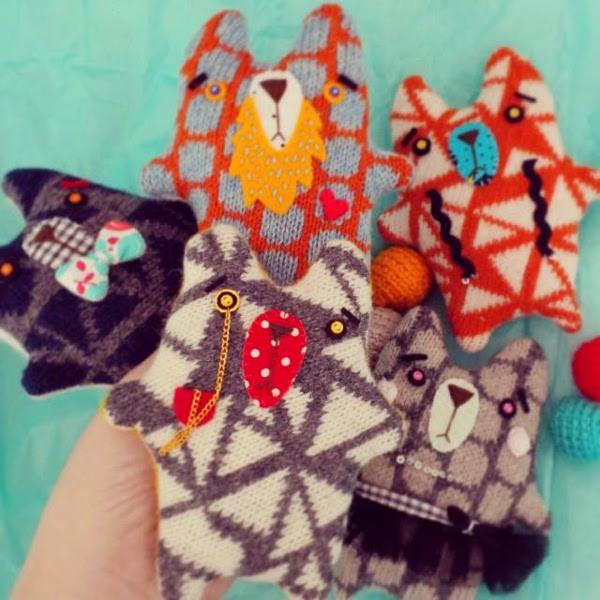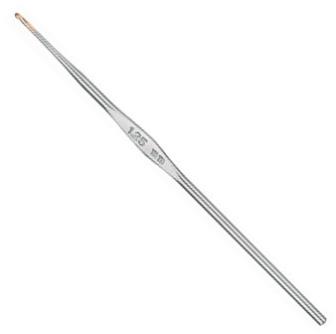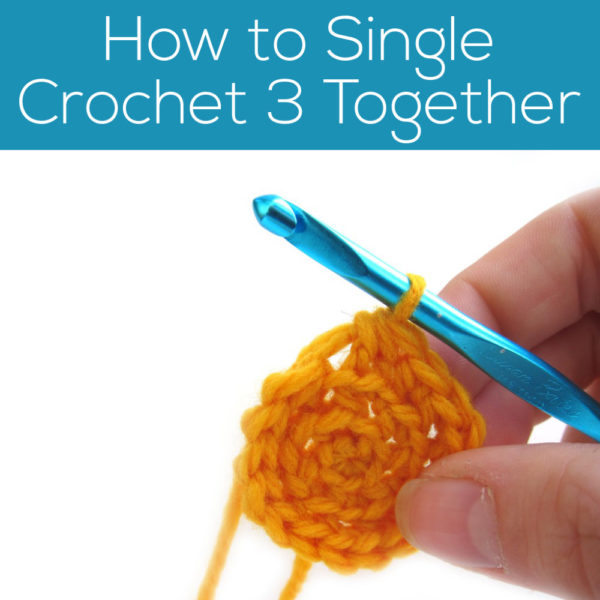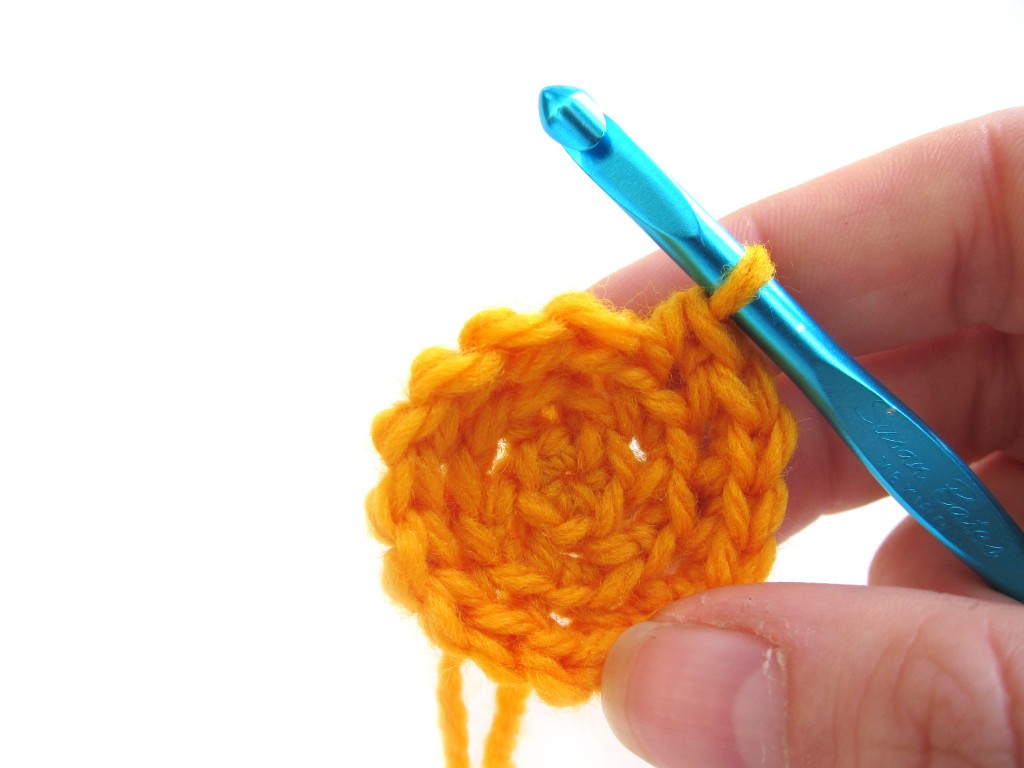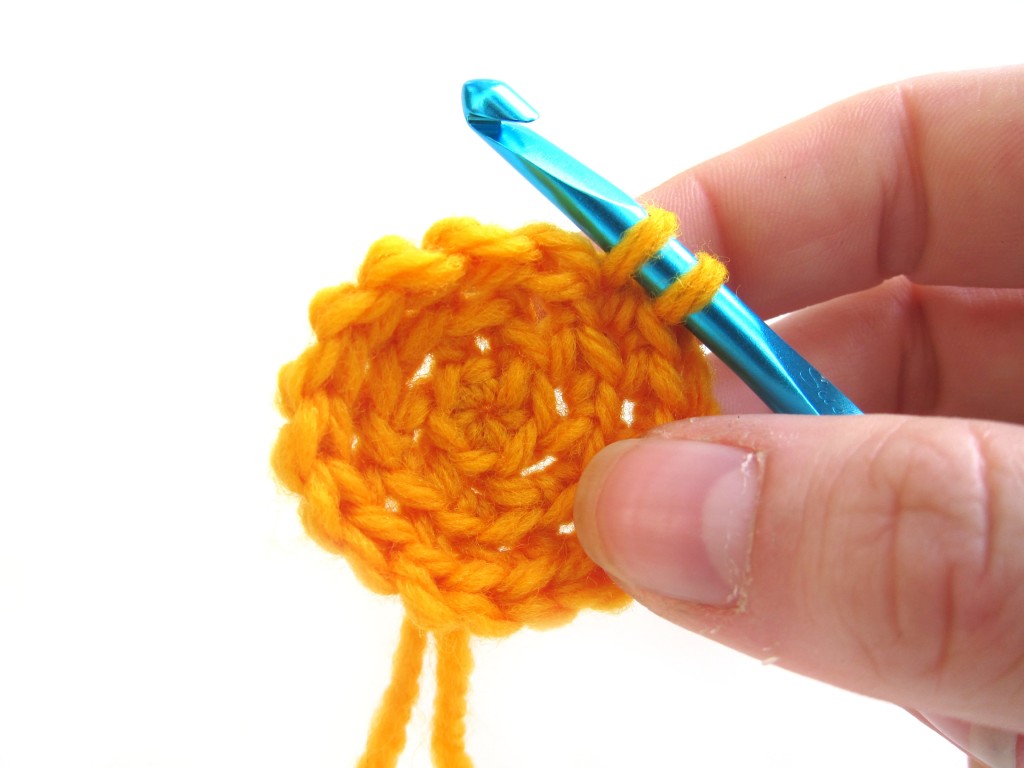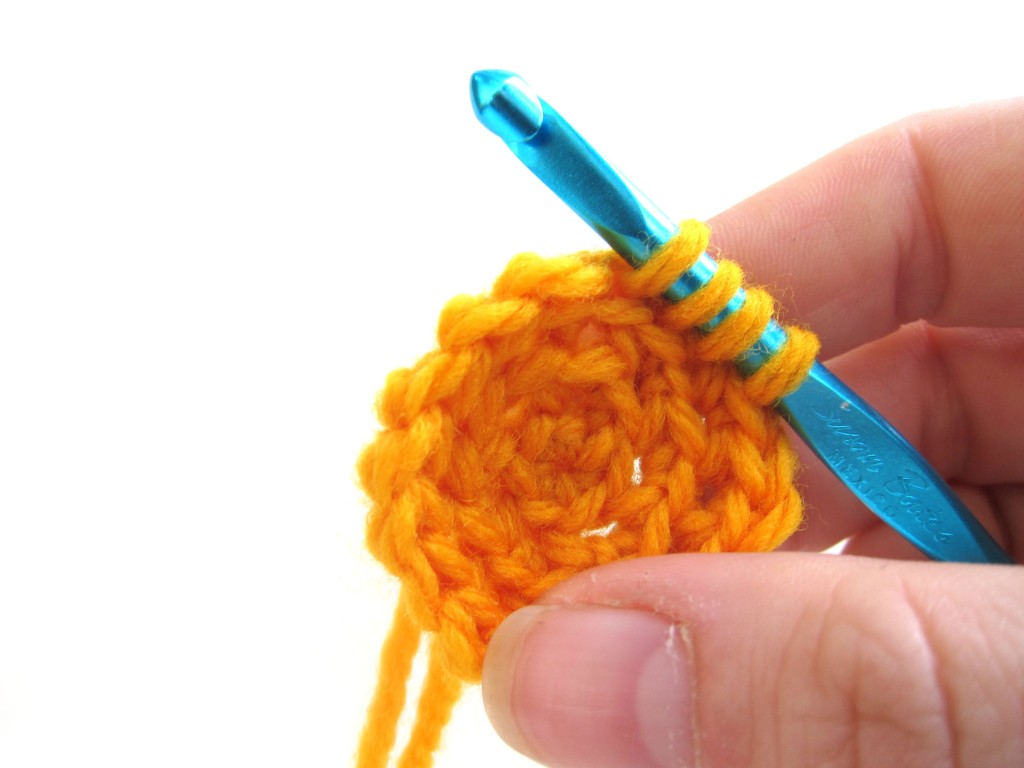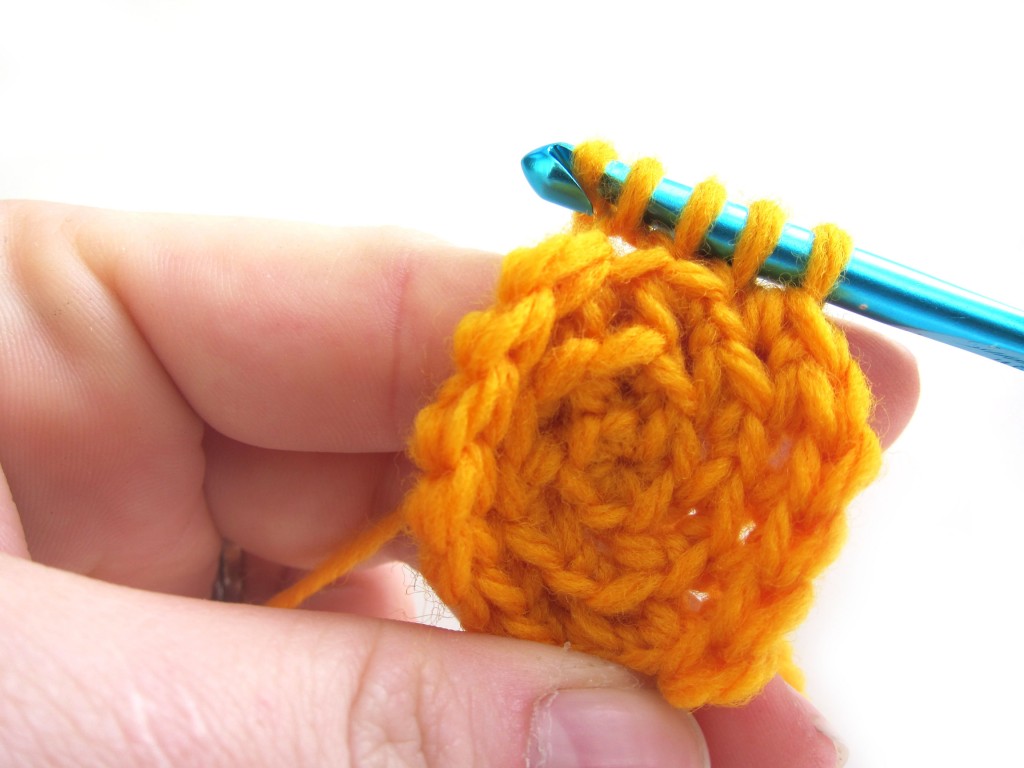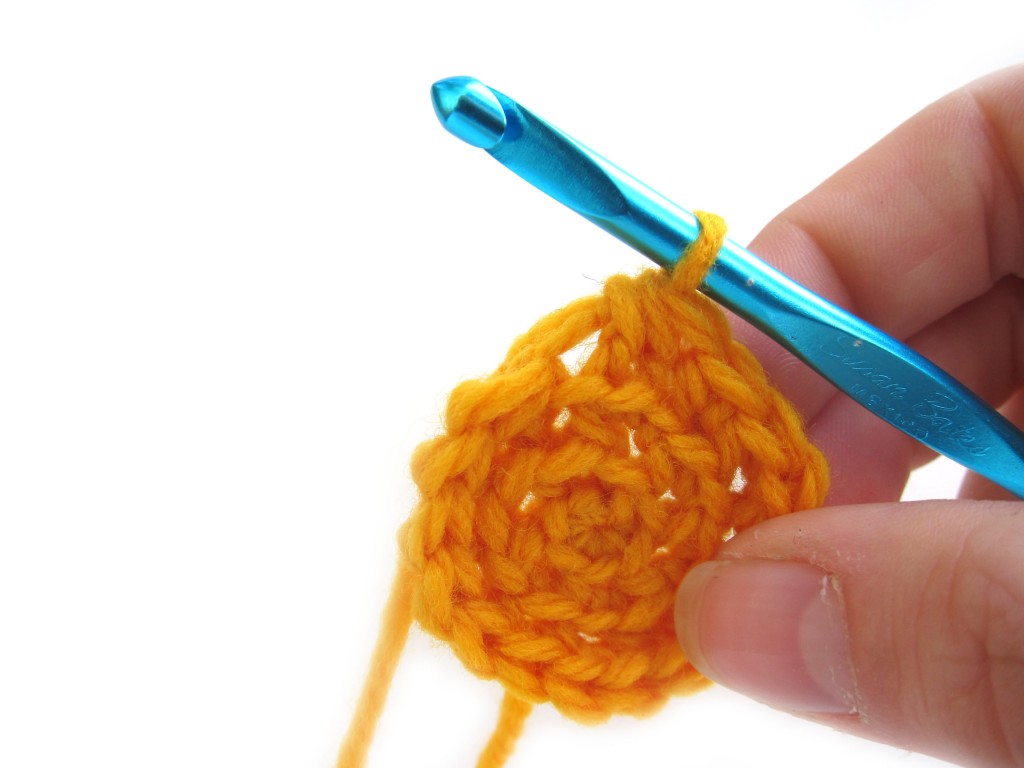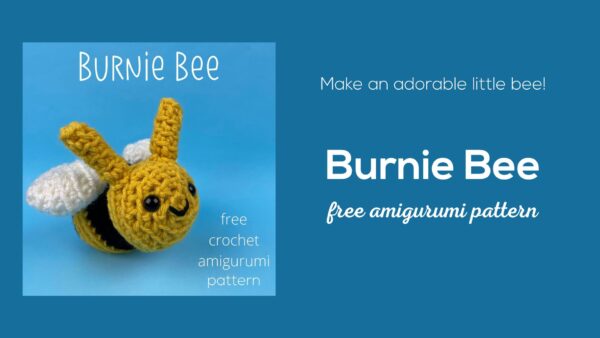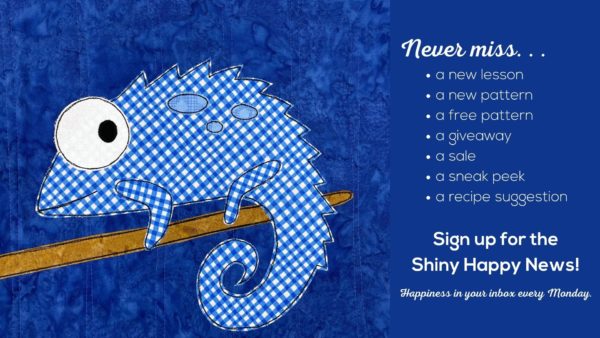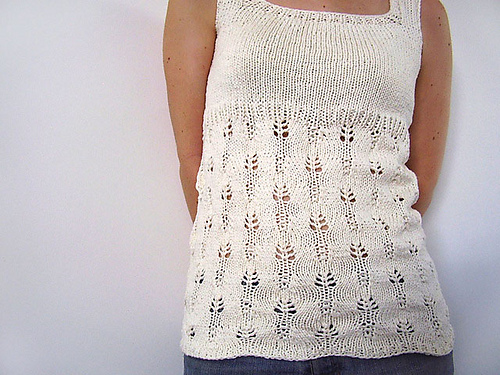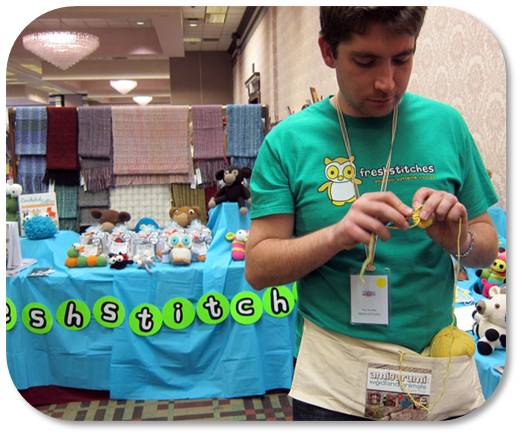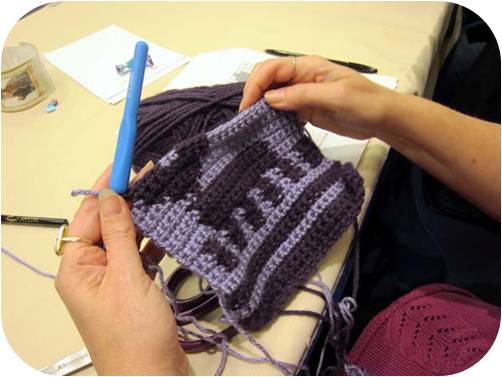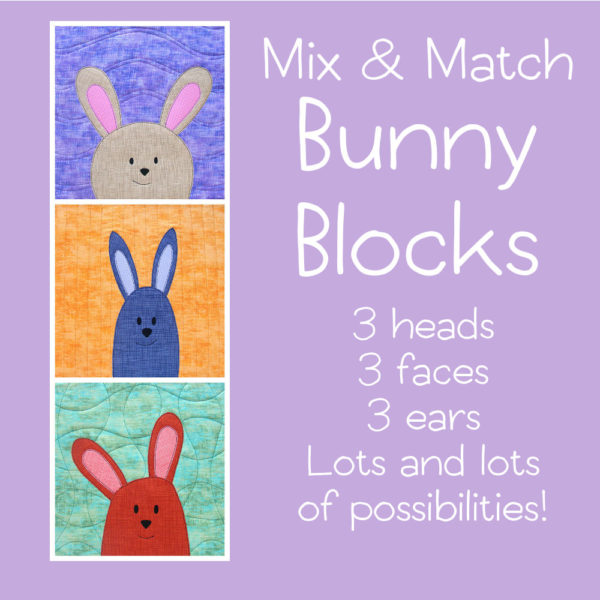
I’ve been thinking about designing a bunny applique block for a couple of years now, but Easter always seems to come and go before I have a chance to do it.
But not this year!
And I didn’t just design a bunny block – I designed a free bunny applique pattern with mix & match parts so you can play with it to make lots and lots and lots of unique bunnies. 🙂
Playing is good!
The pattern has three bunny head shapes, three bunny ear shapes, and three bunny faces. You can mix and match those for (I think) 27 possible bunnies. Throw in different color possibilities and you could make a king-sized quilt with no repeated blocks!
If you’ve made any of my quilts, the construction will look familiar. The patterns have already been reversed and exploded so they can be printed right on my beloved printable fusible adhesive. No tracing! La la la la la.
I strongly recommend prewashing any fabric you use with fusible adhesive. The sizing on the unwashed fabric can resist the adhesive. And don’t use fabric softener in your wash – it can do the same thing. (Dryer sheets are fine.)
You can trace onto your favorite fusible if you want to, but I’m lazy and like to skip right to the fun part.
If you prefer the freezer paper applique technique you can print the pieces onto freezer paper, but the instructions I’m giving here are for applique with fusible adhesive. For a complete overview of that technique (my favorite) click here. Find general instructions for freezer paper applique here, and needle turn applique here.
I’m completely in love with the Quilt As You Go method, so I did all the outline stitching and quilting through the top fabric and the batting. I usually do the quilting before I do the applique so I don’t have to work around the pieces. Easy peasy.
Cut each background block 10 1/2″ square.
Step 1
Roughly cut out the pattern pieces and fuse them to the back of your fabric.

Step 2
Cut out the pieces neatly. Cut right on the solid lines. Leave a little extra seam allowance where there’s a dotted line – that bit of the piece will tuck behind another bit for a clean finish.
Step 3
Choose a face and trace it onto the face piece.
If you tape the face in a window and then hold the face fabric up against it, the image will shine right through for easy tracing.
I usually trace just inside the eyes and nose (so I don’t have to be perfect with how I position those applique pieces) and right on the mouth because I’m not using an erasable pen. Don’t use a Frixion pen to mark the face! It will disappear when you fuse the pieces together and you will be sad. 🙁
After I’m done tracing the face, I fuse the eyes and nose to black fabric for their applique pieces.
Step 4
Play around with the placement of the ears.
Do you want them standing straight up? Spread wide? Wonky and uneven? There is no right answer – they’re all cute. Do what you like!
Step 5
Layer all the pieces and fuse in place following the manufacturer’s instructions.
Don’t forget to tuck the base of the ears and inner ears behind the head before you fuse.
Step 6
Stitch around all your pieces.
I machine stitch with regular all-purpose black thread with basic straight stitching everywhere. I love the cartoony look it gives! I go over the mouth twice to give it extra weight.
For help with those tight curves, watch this video.
If you don’t want to applique the eyes and nose, you’ll find several other options here.
Done! With that block, at least. 🙂
There are instructions for finishing a Quilt As You Go quilt here.
See how to layer and baste any quilt here.
Learn how to bind a quilt here.
Here are the details on the three bunnies I made. . .
This bunny uses Head #1, Face #3 and the fat ears.
This bunny uses head #2, face #2, and the skinny ears.
This bunny uses head #3, face #1 and the medium ears.
 I made my three blocks into a pretty springtime wall-hanging.
I made my three blocks into a pretty springtime wall-hanging.
There are instructions for adding a hanging sleeve here.
Combine multiple blocks in any configuration to make a baby quilt, a wall hanging, or a bed quilt.
Like almost all of my applique quilt patterns this finishes to a 10″ block. That means you can easily pop a bunny into any of my other quilt designs. A cute bunny would be a great addition to the Wild Flowers quilt or the Noisy Farm quilt. 🙂
Remember – you can adjust the size of any digital pattern to make it work for all kinds of projects!
Add a single bunny to a T-shirt or a baby onesie.
Add a single applique to this free receiving blanket pattern.
Add a different bunny to each side of this free tablet cover pattern.
Applique a bunny to any tote bag pattern – like this free mini tote bag.
Make a pillow using this free tutorial.
Use the pattern pieces with pretty paper to make collage greeting cards, like these I make for my daughter.
You can even shrink them down extra small and use them for embroidery patterns!
Have fun playing with these bunnies!
If you like them – sign up for the Shiny Happy News so you never miss a free pattern, a new tutorial, or the little bits of happiness I like to share!
Happy sewing!
